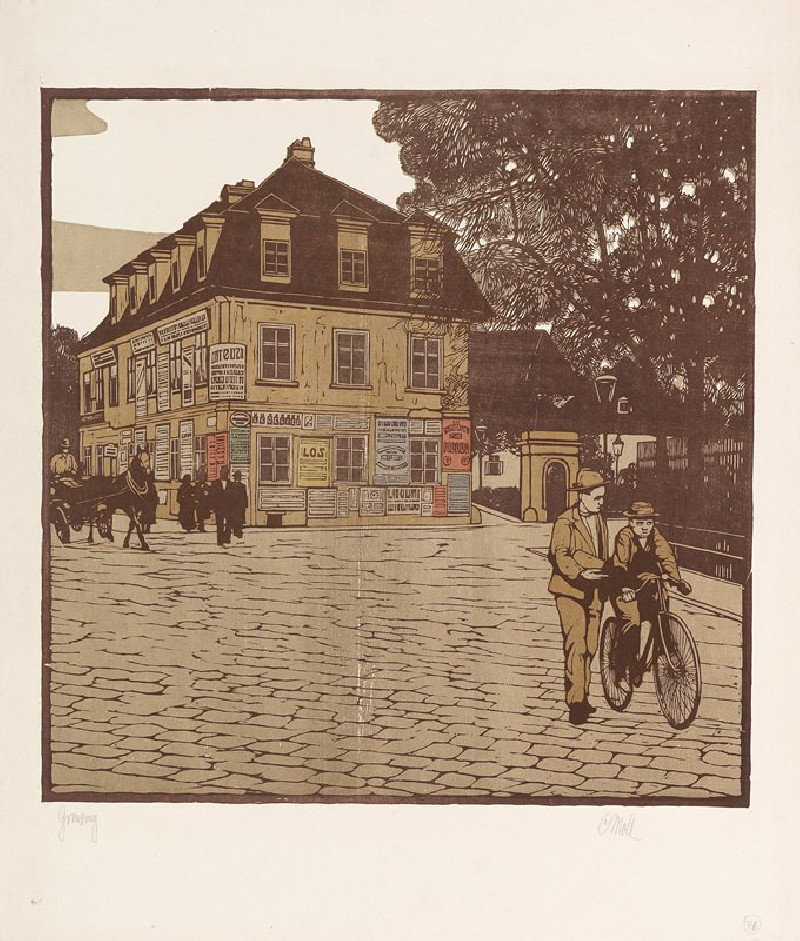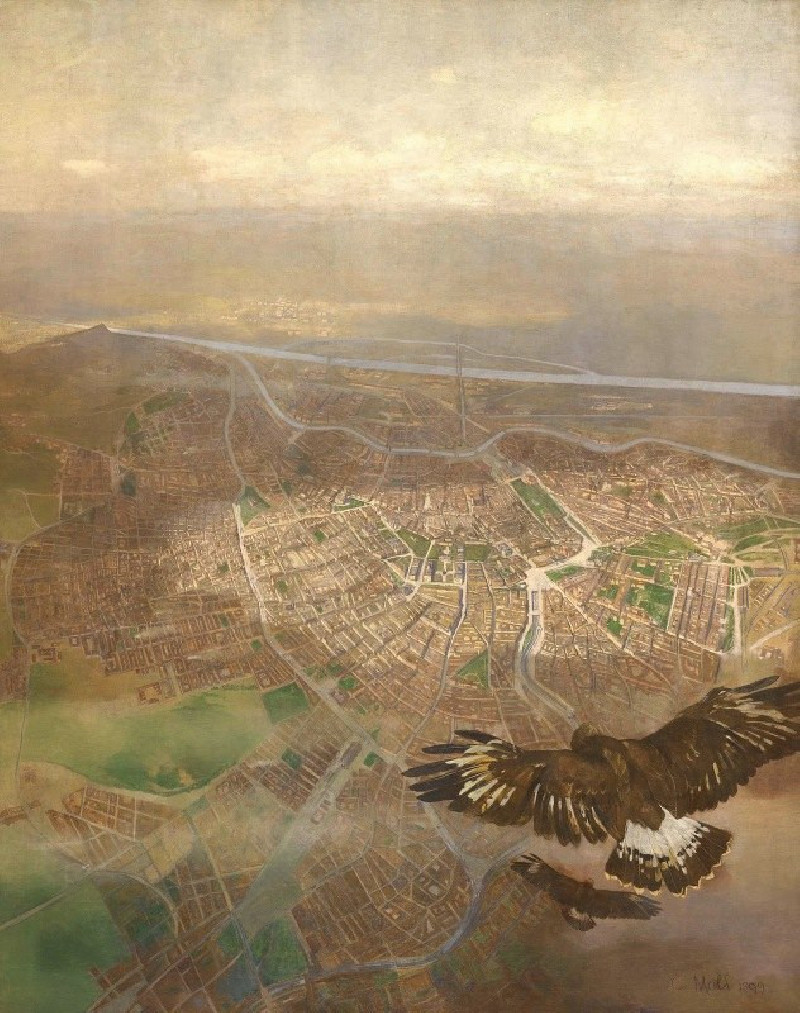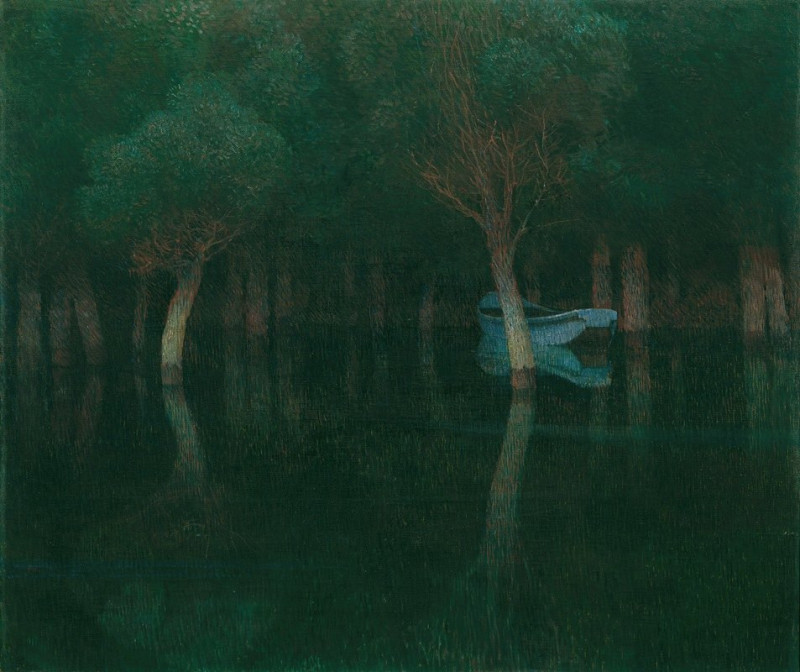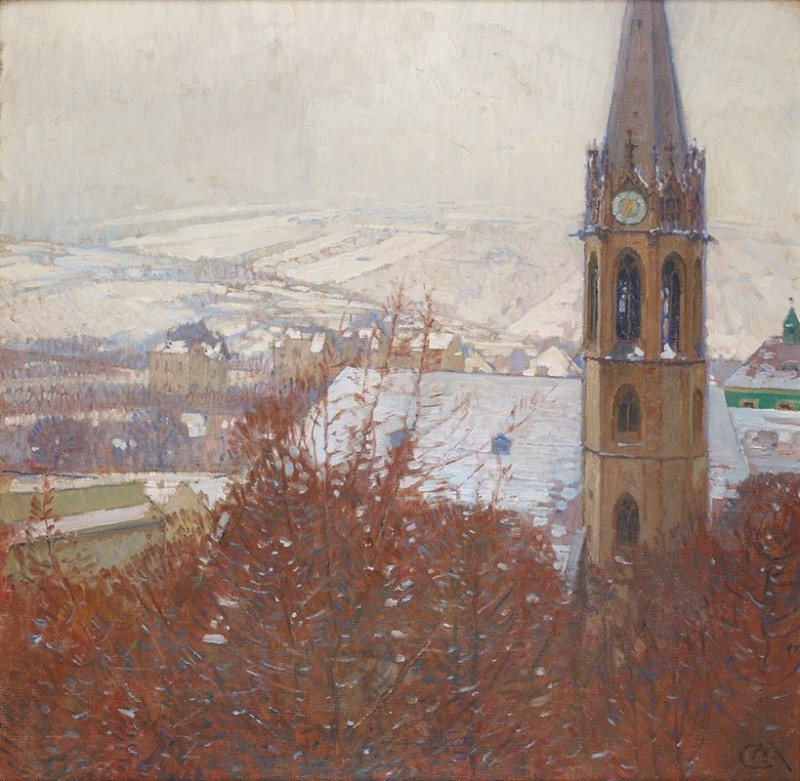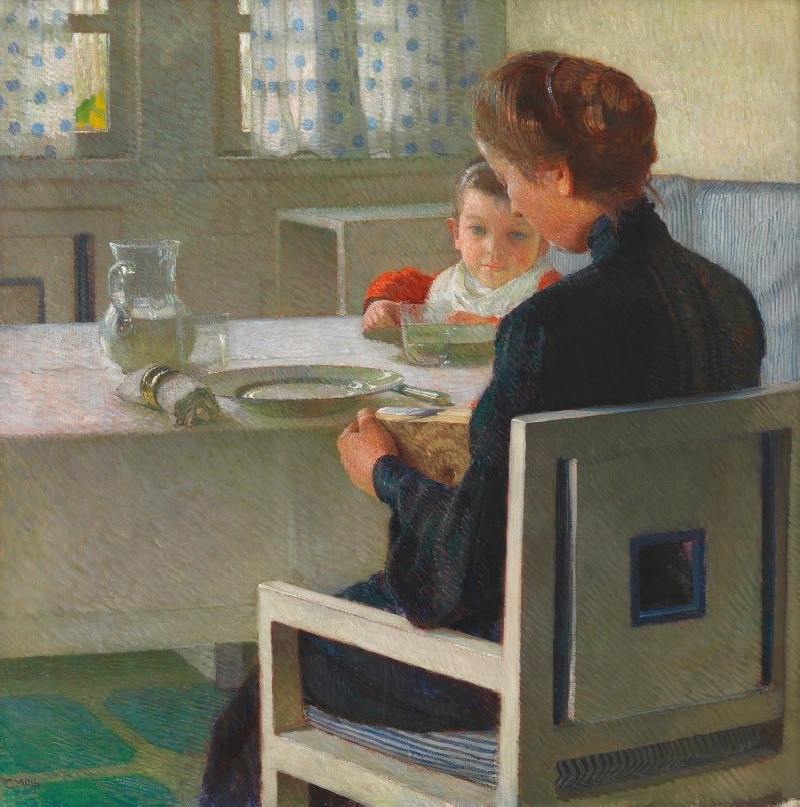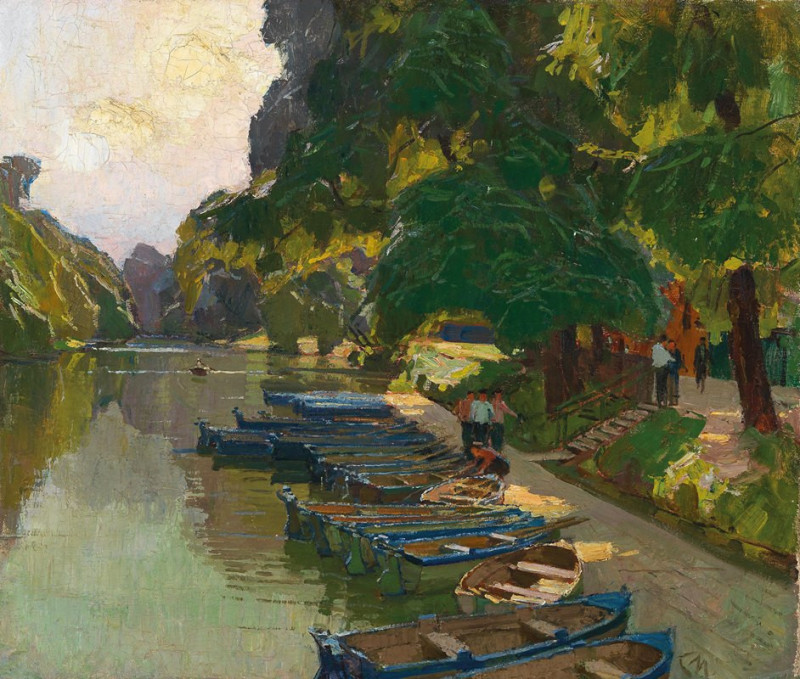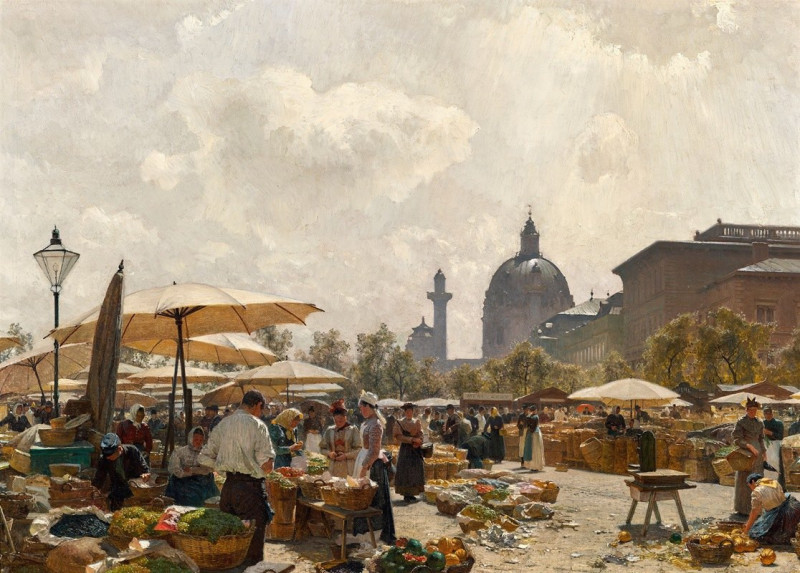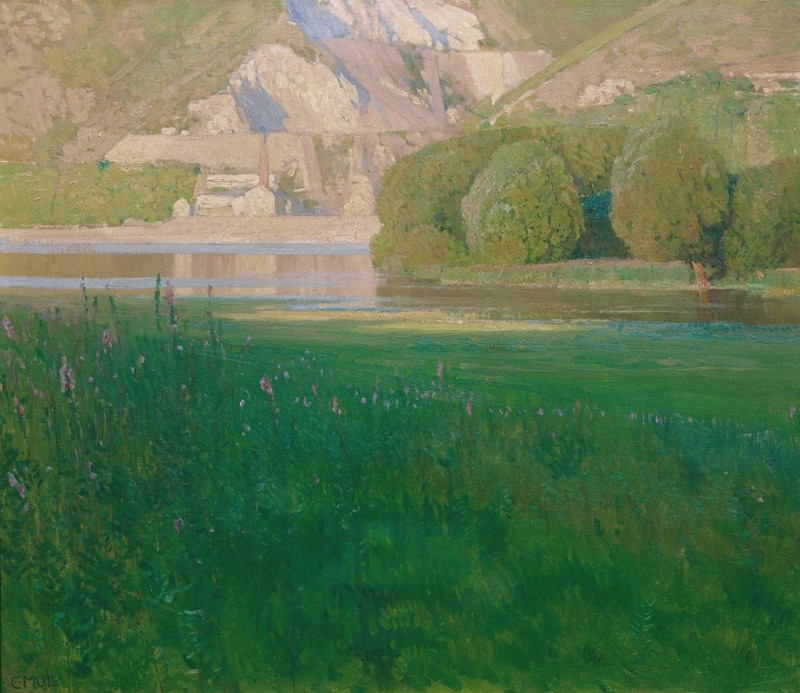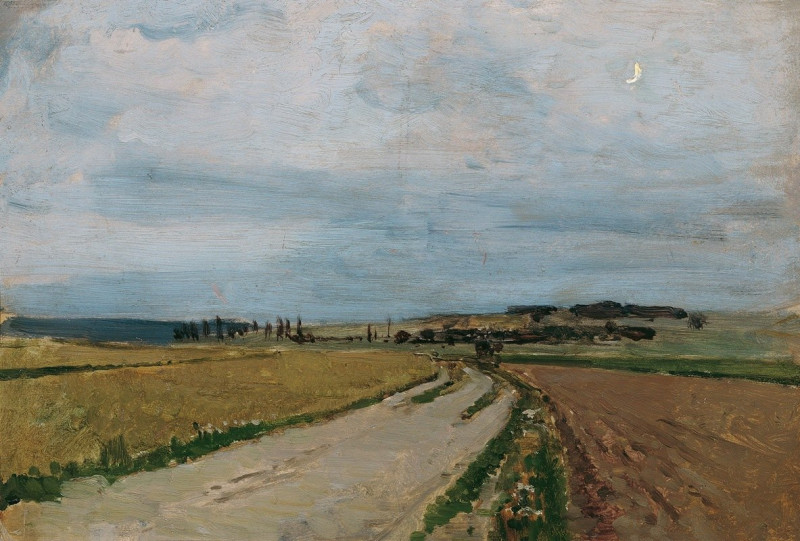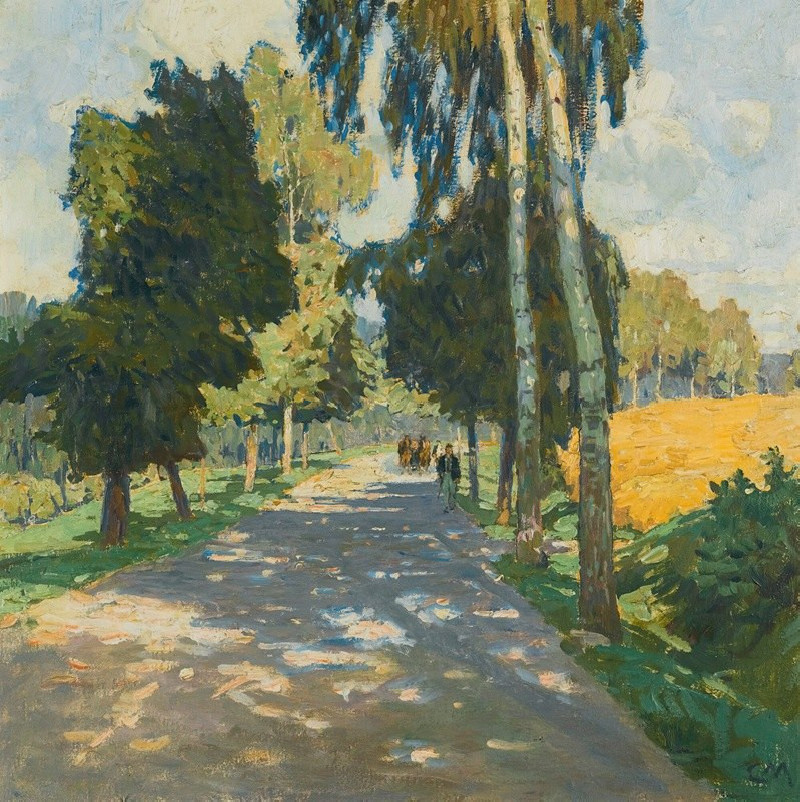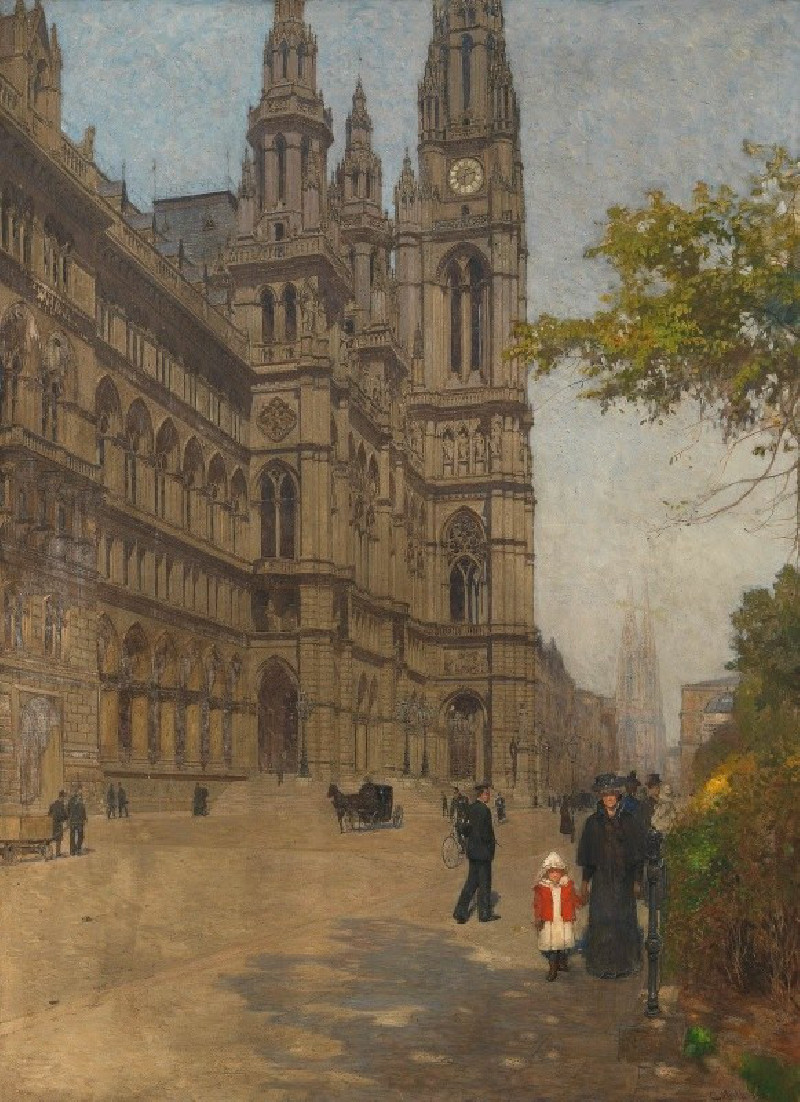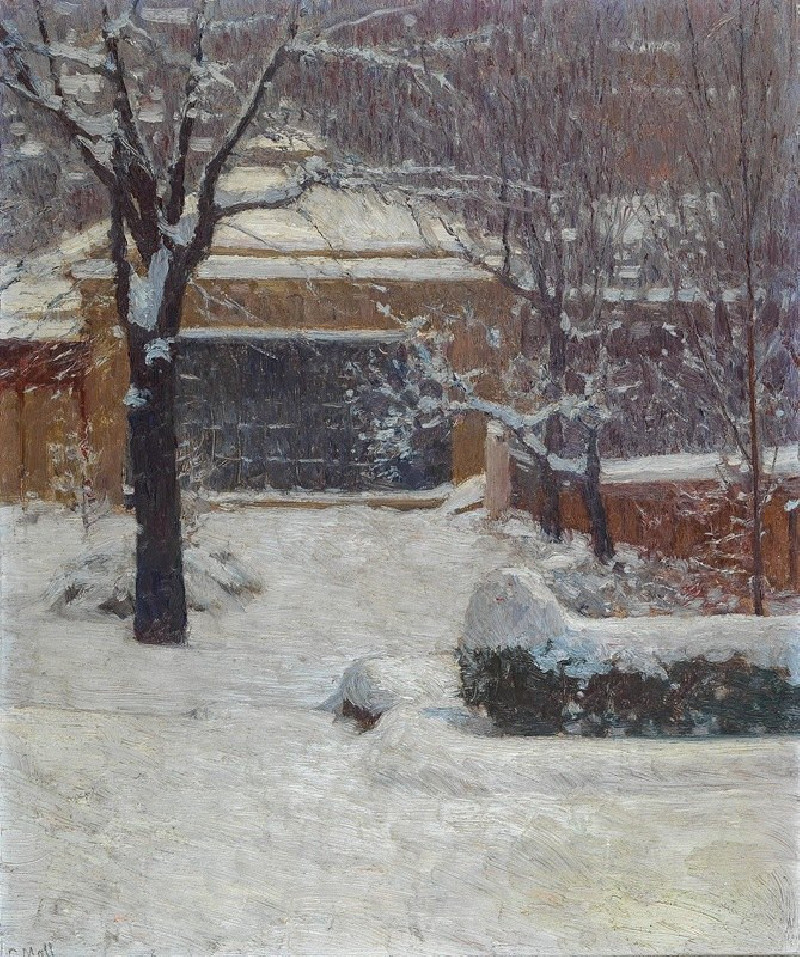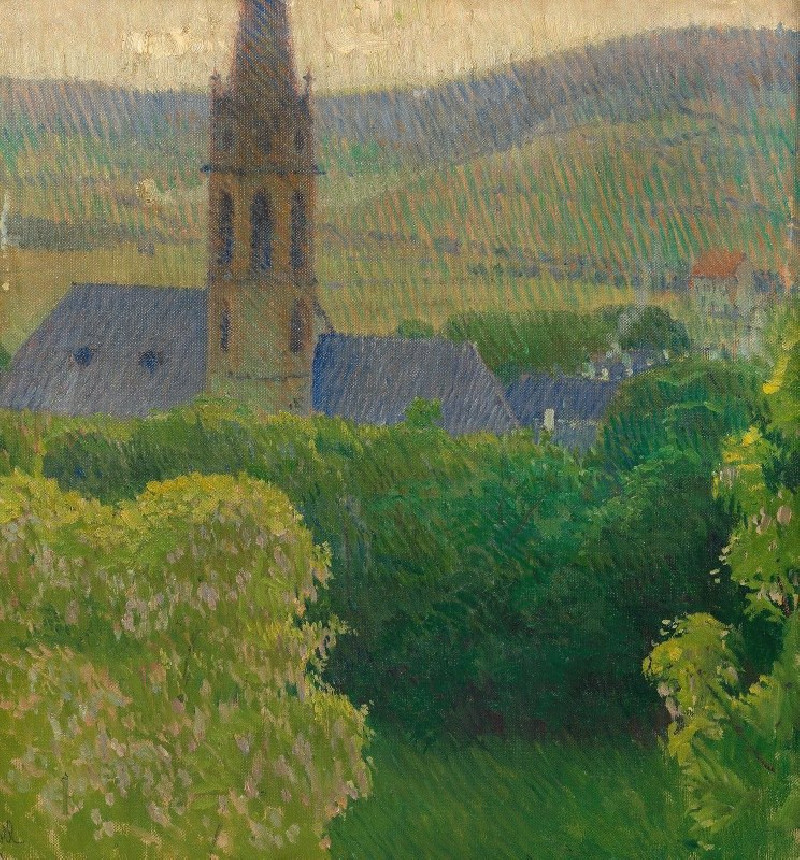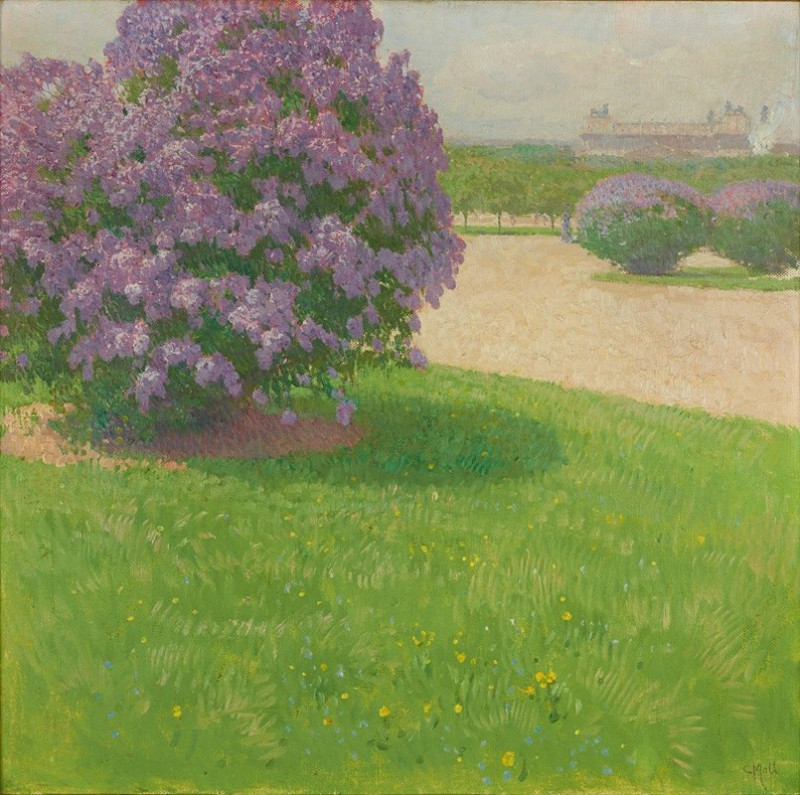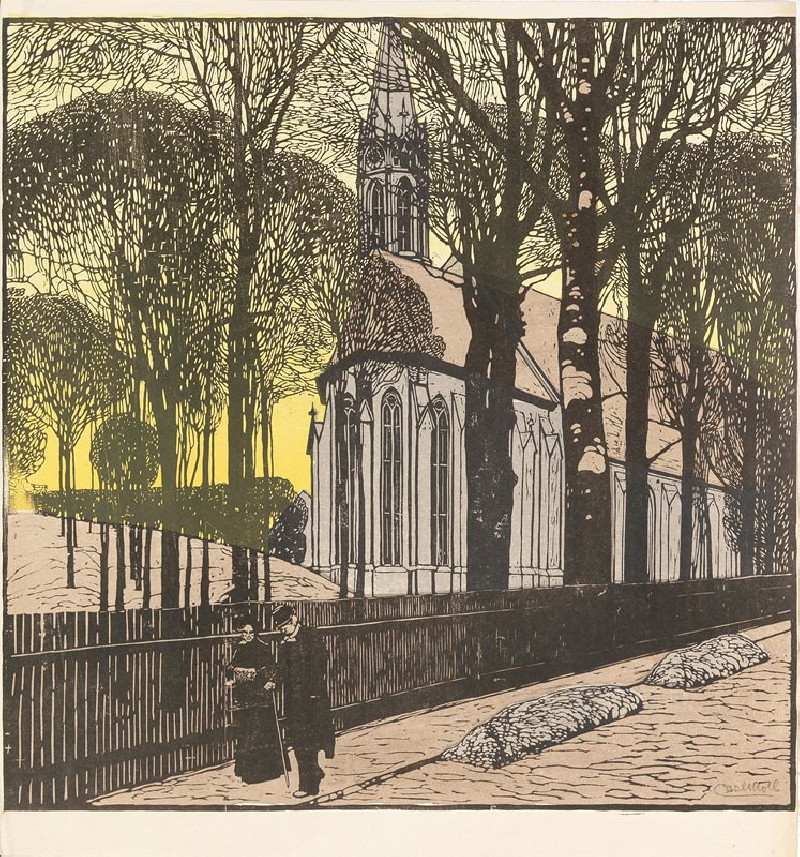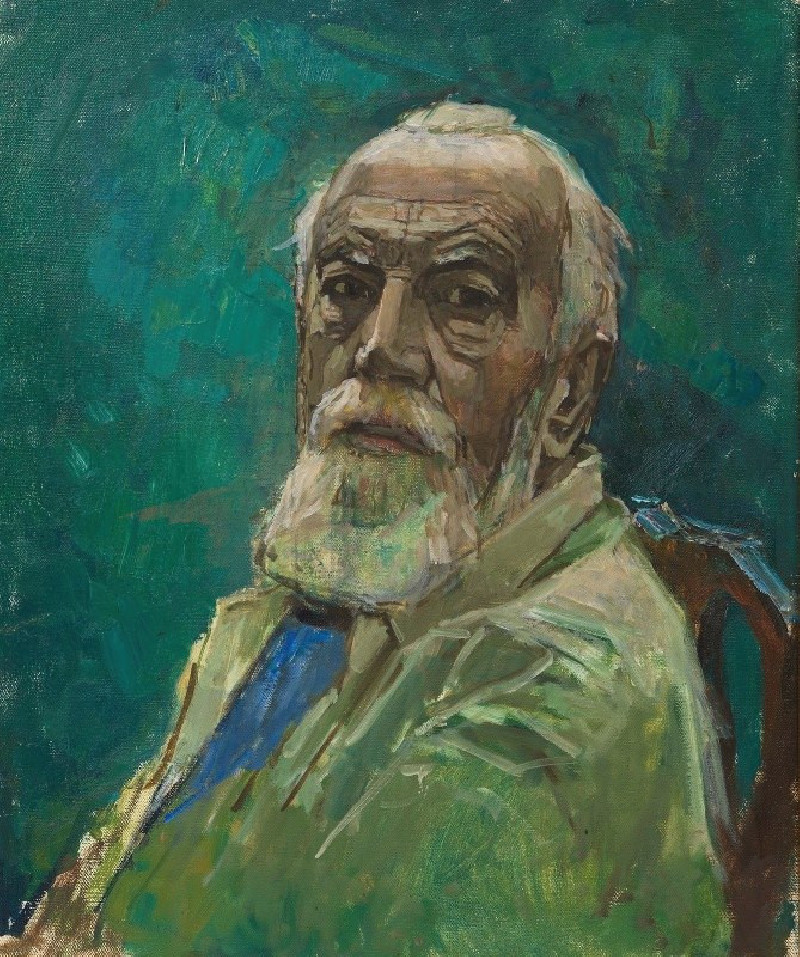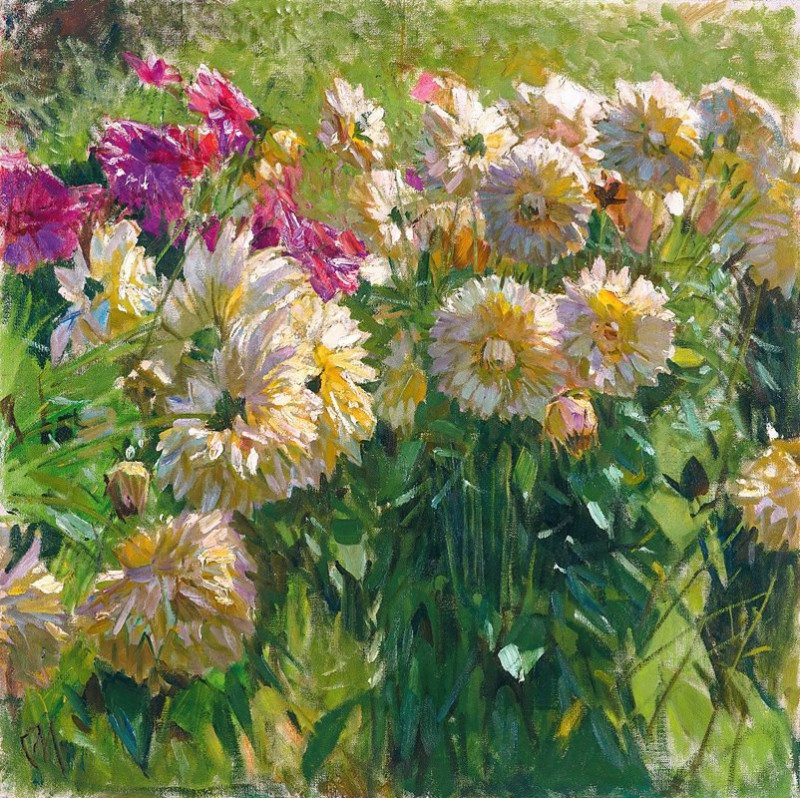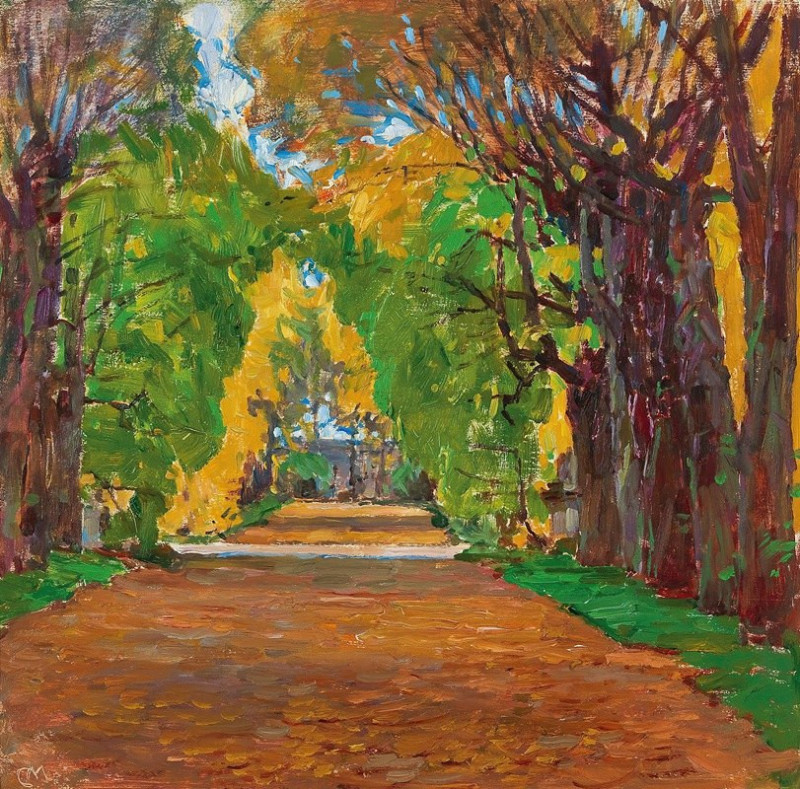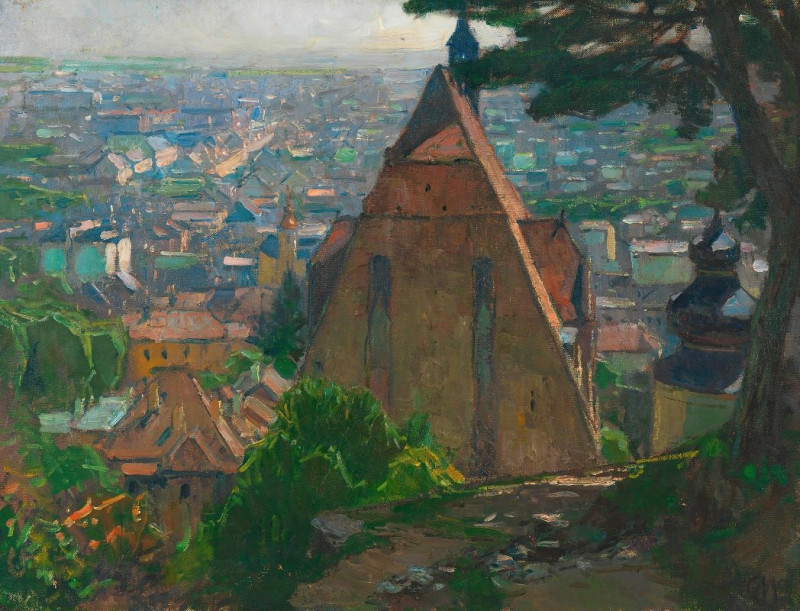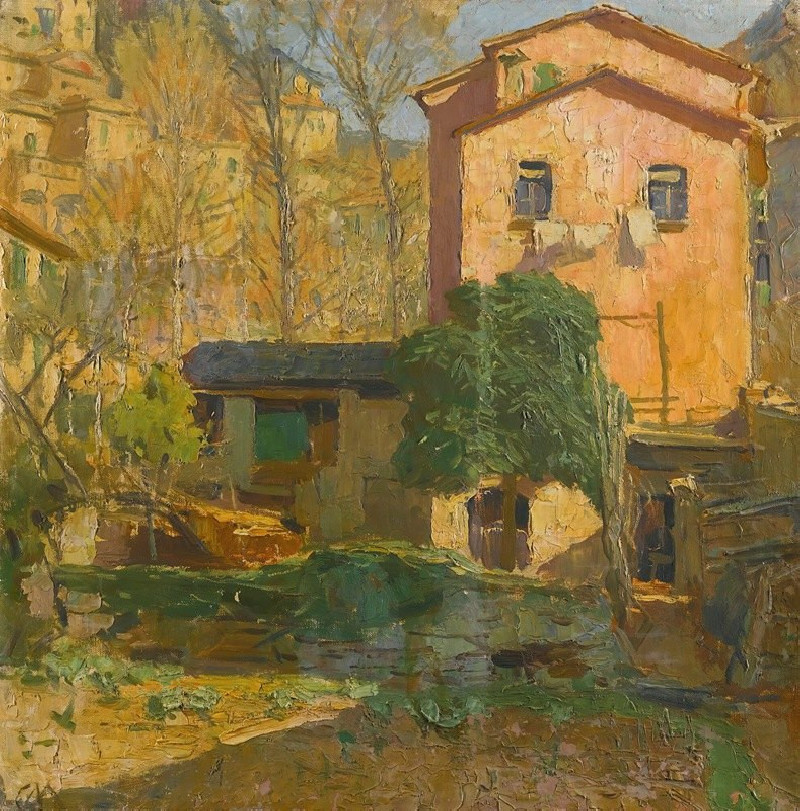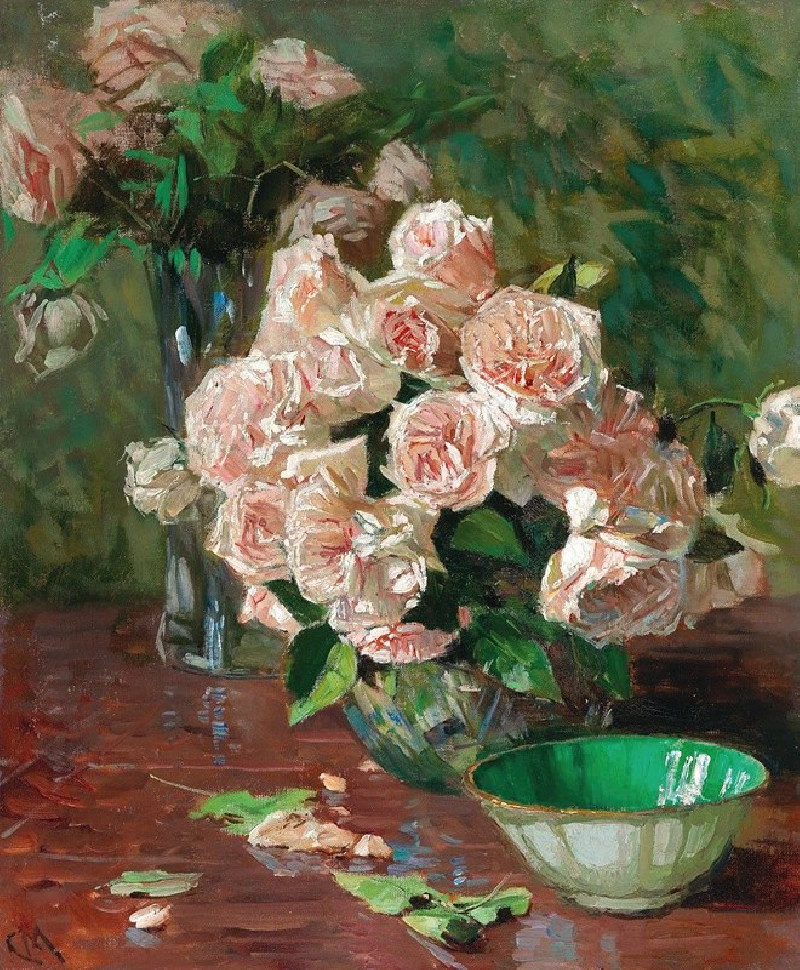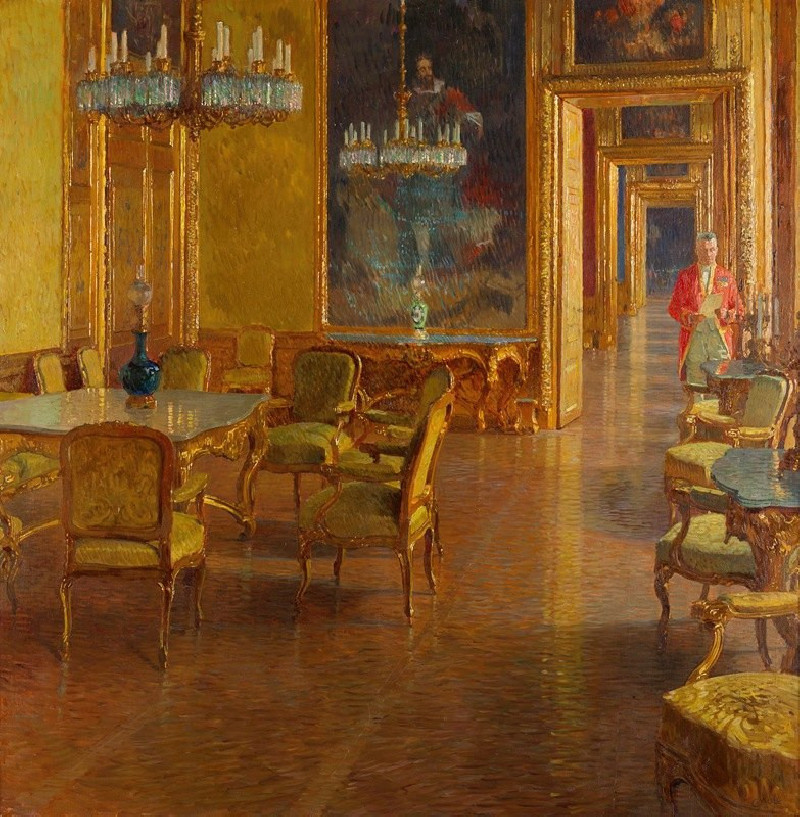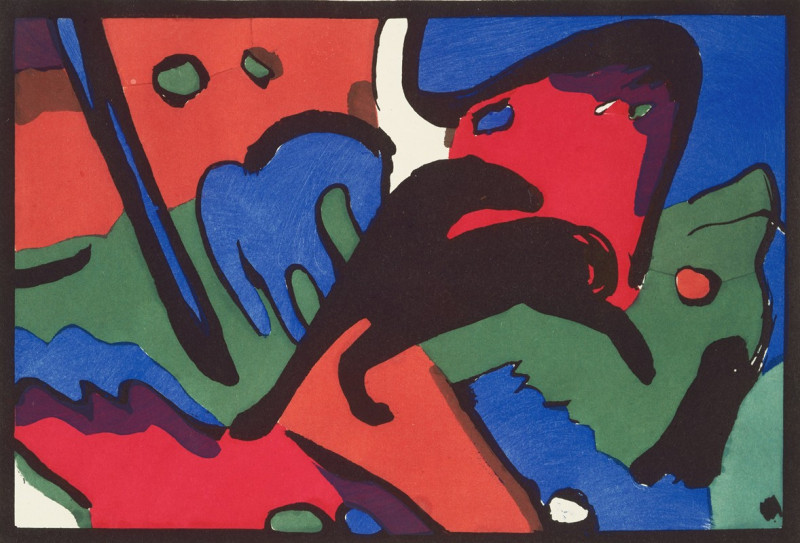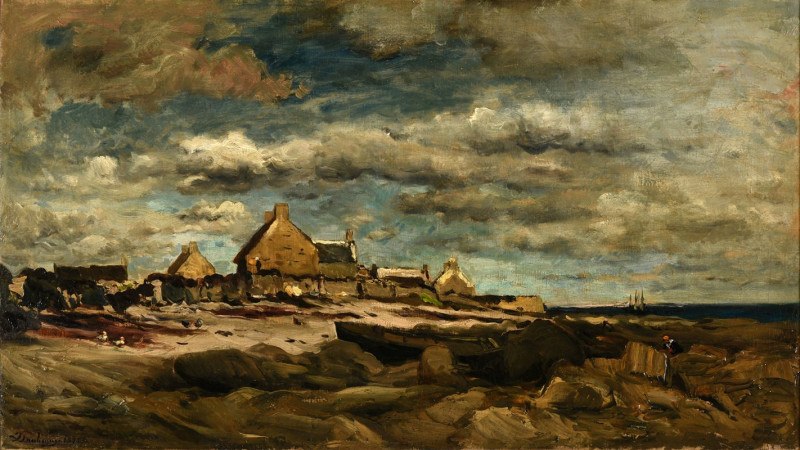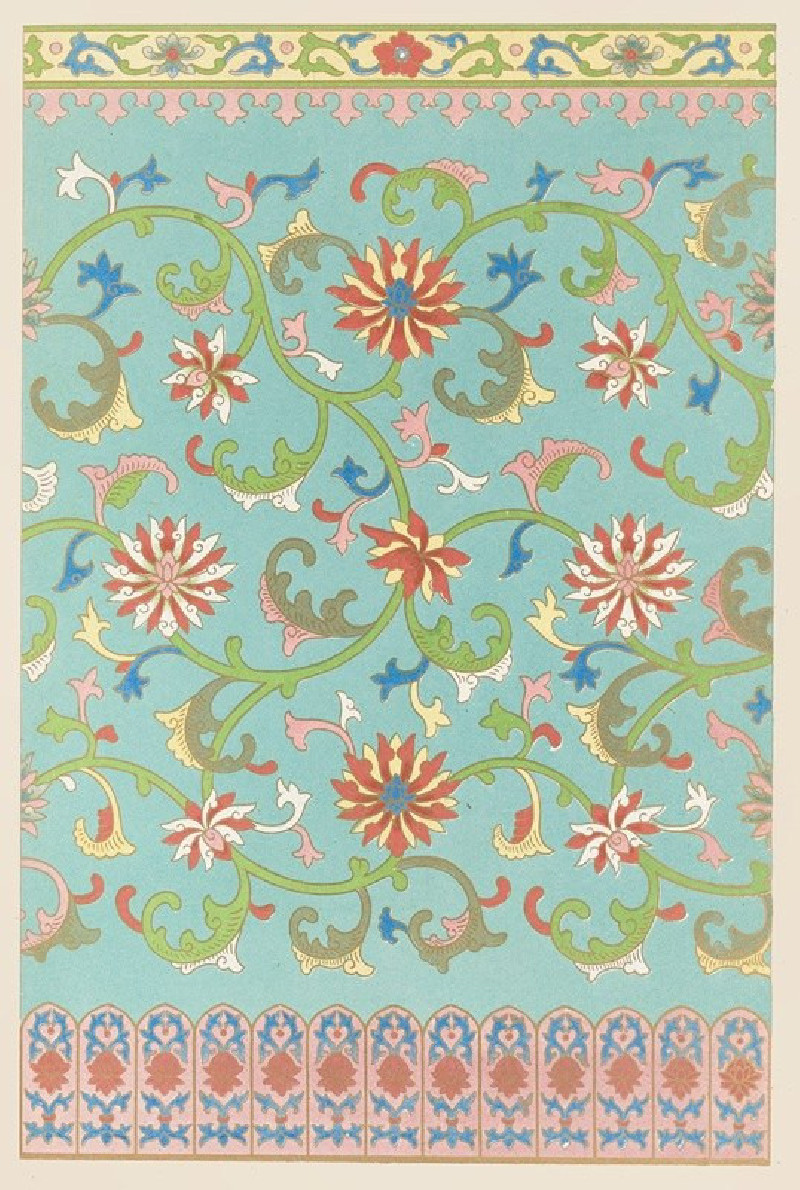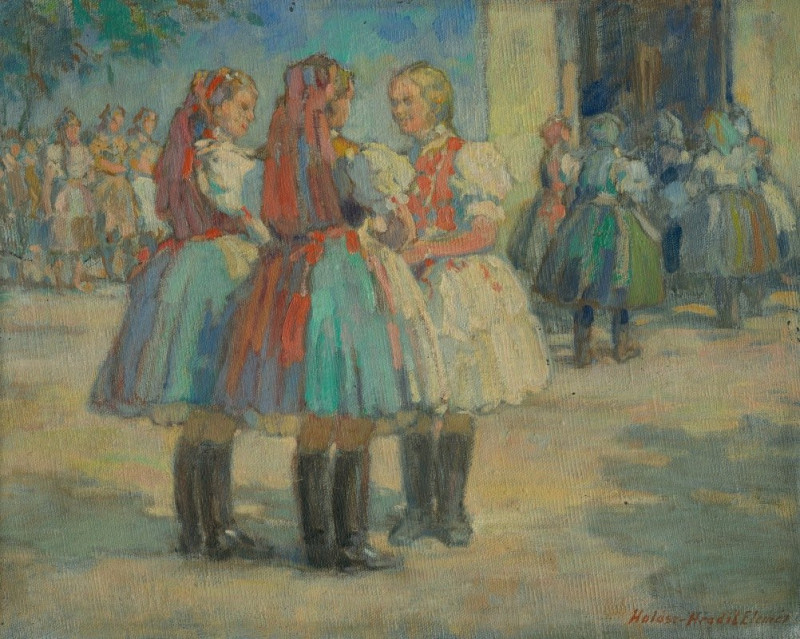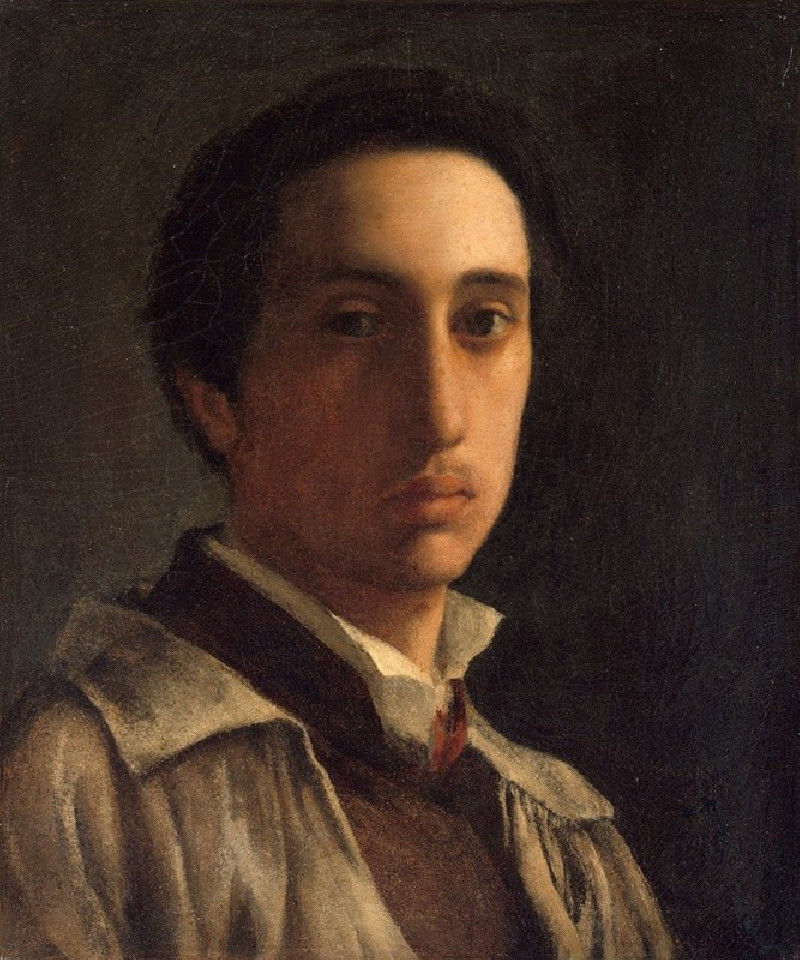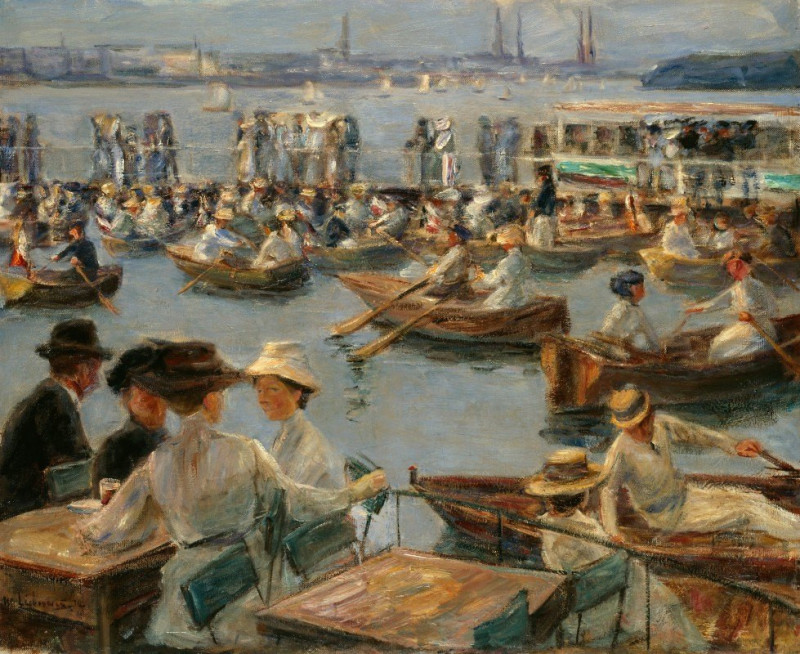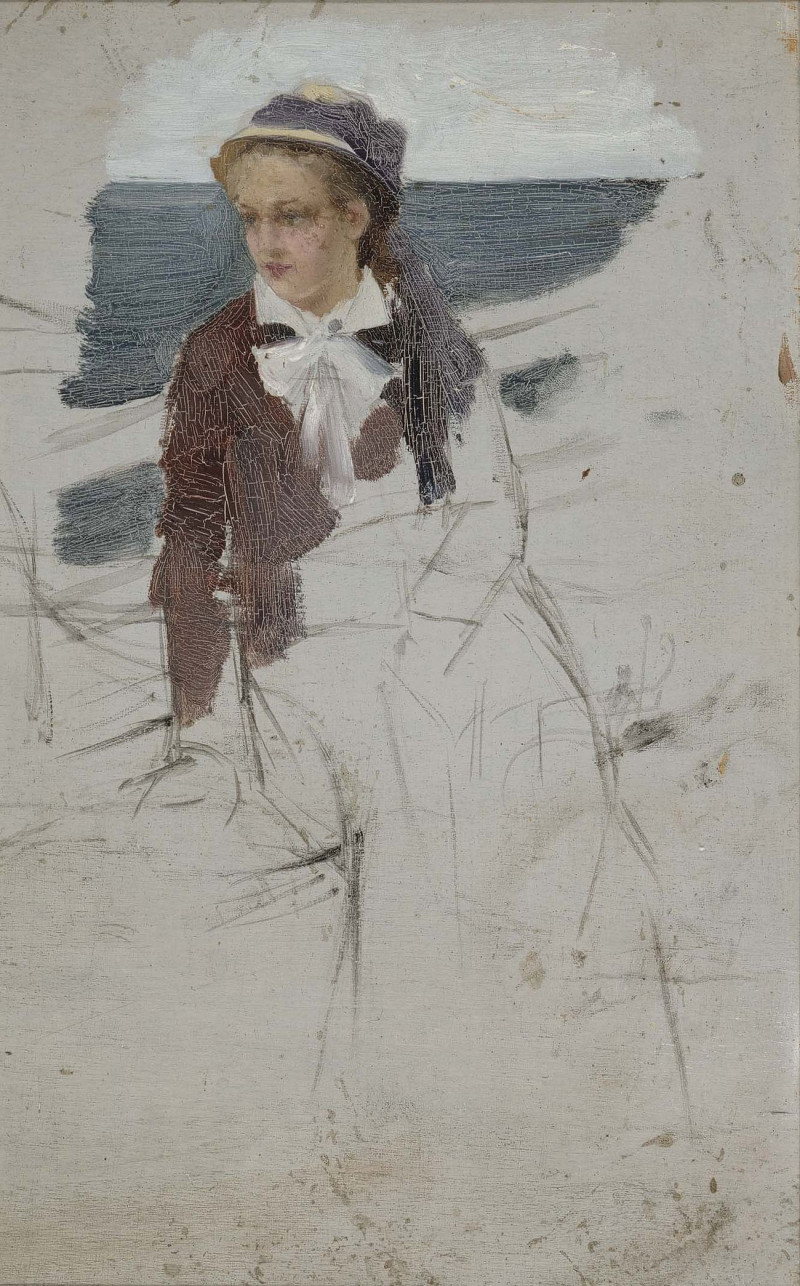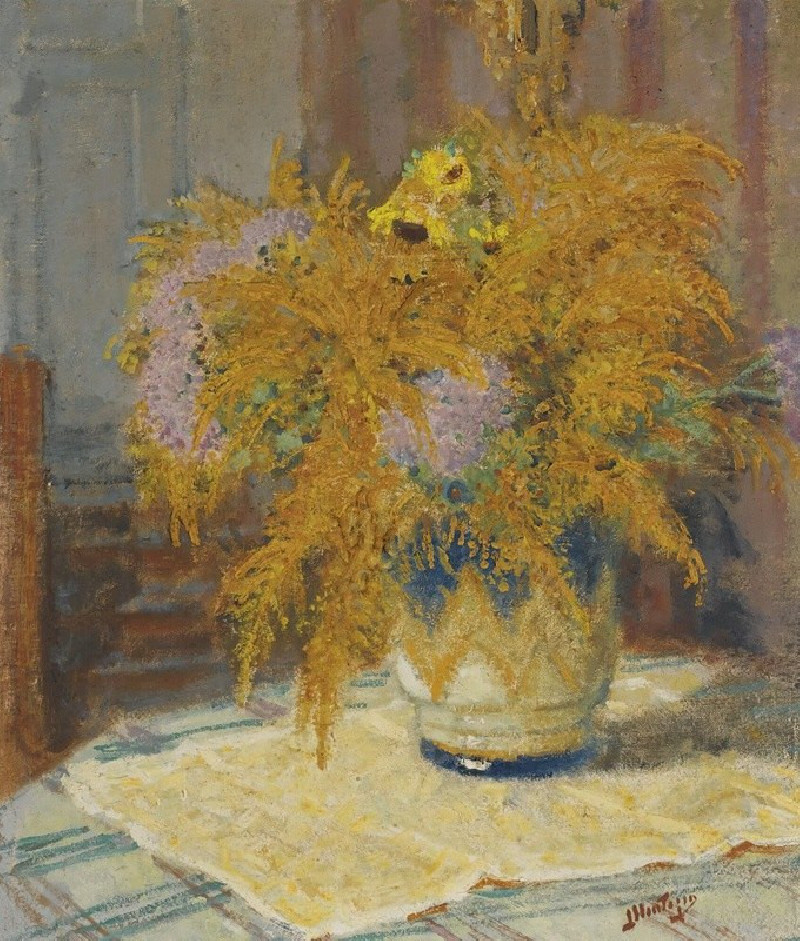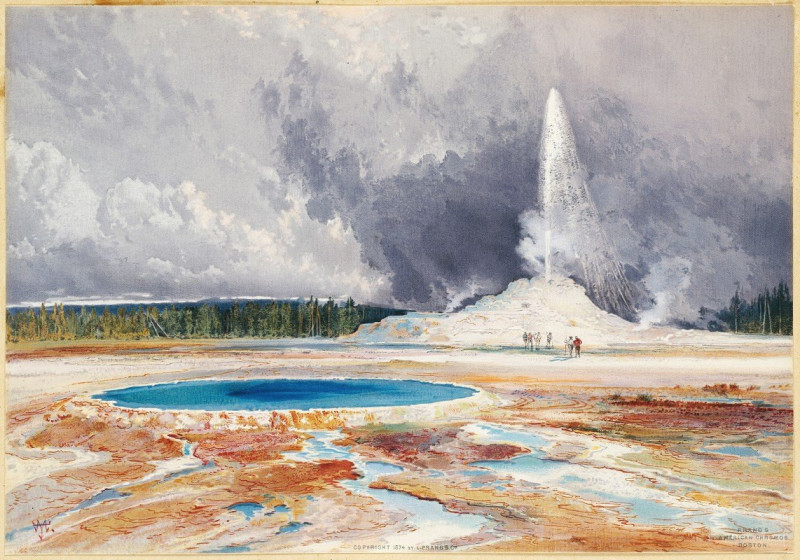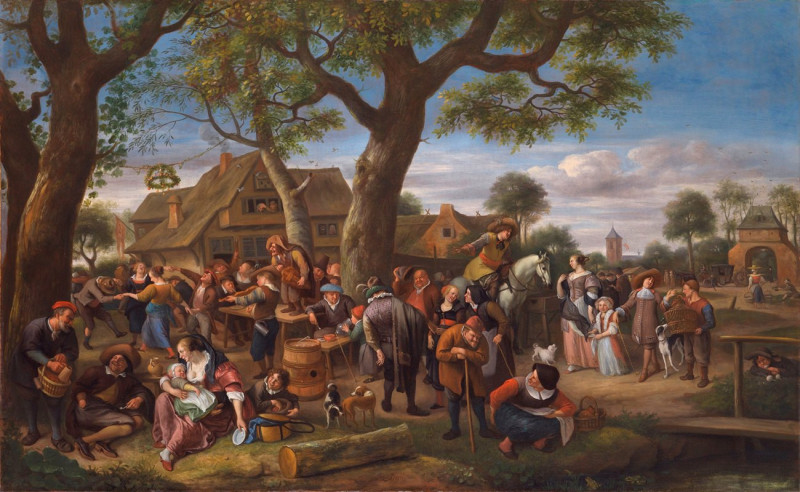Anna Moll am Schreibsekretär (around 1903)
Technique: Giclée quality print
Recommended by our customers
More about this artwork
Dive into a moment of quiet contemplation with Carl Moll's painting, "Anna Moll am Schreibsekretär." Created around 1903, this artwork captures a tranquil scene of Anna Moll, likely a close relative of the artist, engaged in writing at a secretary desk.The painting is set in a luminously lit interior, where daylight streams through large windows adorned with vibrant tulips. This soothing influx of light not only illuminates the room but also highlights the meticulous detail with which Moll renders both the indoor plants and the intricate patterns of the curtains. The atmosphere is one of calm and focus, where the external world seems paused, allowing Anna to concentrate entirely on her writing task.Dressed in a flowing white gown that softly drapes over her figure, Anna is depicted with a gentle focus, her posture reflecting the intensity of her intellectual engagement. The colors are softly muted, with shades of greens, blues, and warm earth tones mingling to create a harmonious, almost meditative, environment. The strategic placement of reflective surfaces and shadows enhances the depth and texture of the scene, inviting the viewer to appreciate the quiet beauty of everyday moments.Carl Moll, known for his role in the Vienna Secession movement, often explored the interplay of light and color, and this painting is a quintessential example of his mastery in portraying tranquil domestic settings. "Anna Moll am Schreibsekretär" not only offers a glimpse into a personal moment but also evokes wider themes of solitude and the nurturing power of a peaceful environment.
Delivery
Returns
Carl Julius Rudolf Moll (23 April 1861 – 13 April 1945) was an Austrian art nouveau painter active in Vienna at the start of the 20th century. He was one of the artists of the Vienna Secession who took inspiration from the pointillist techniques of French Impressionists. He was an early supporter of the Nazis and committed suicide as Soviet forces approached Vienna at the end of World War II.


